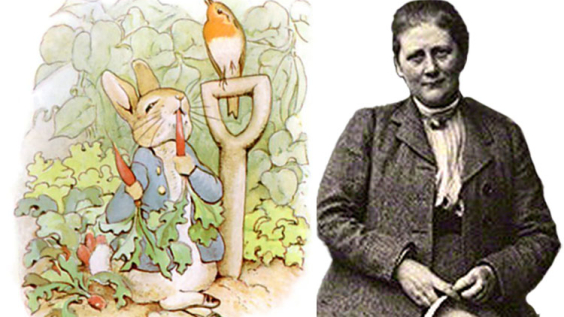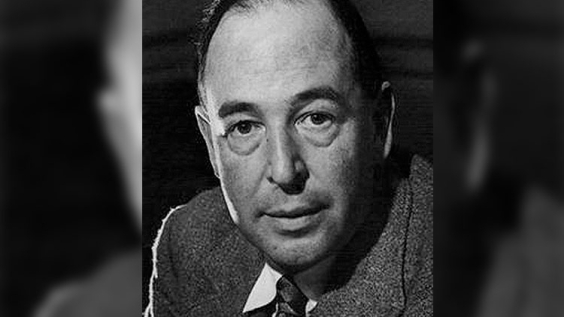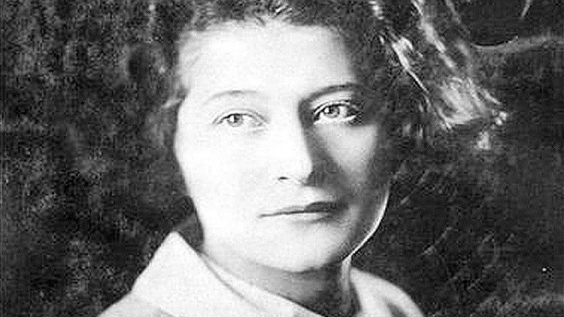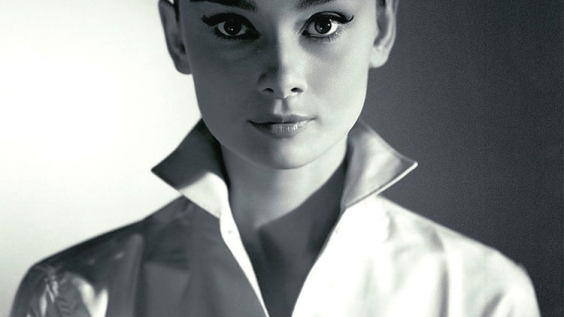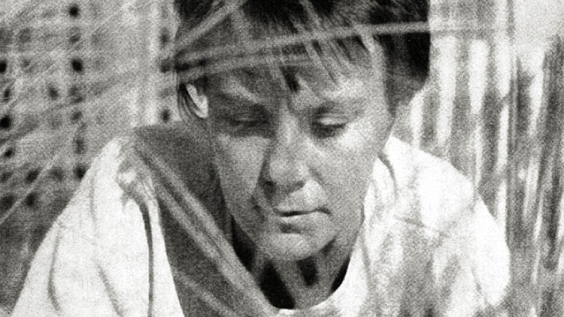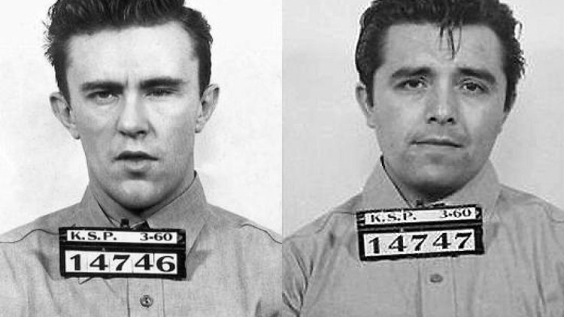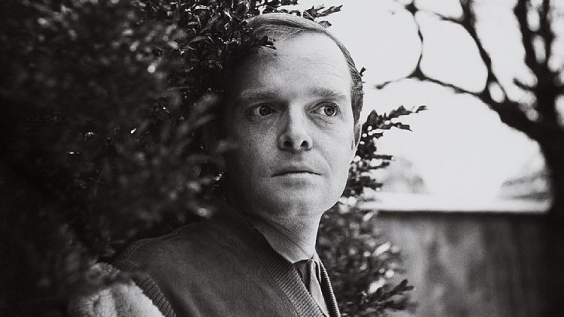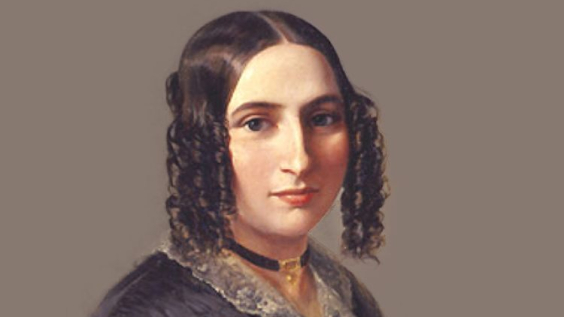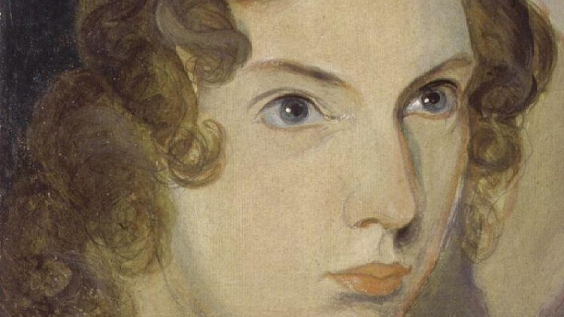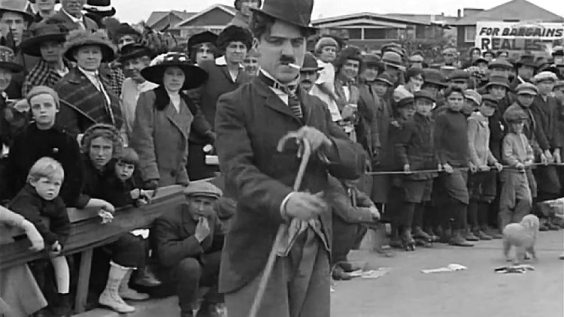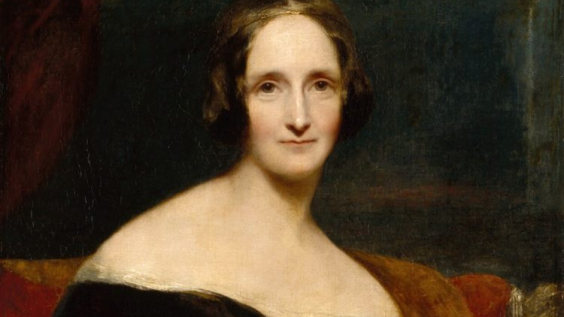
Today it’s hard to imagine a wedding unaccompanied by the celebratory trumpet fanfare of German composter Felix Mendelssohn’s famous Wedding March. The rousing jingle, which has provided the soundtrack to the climax of a thousand romantic comedies in the last half-century, was composed by Mendelssohn in 1842.
Although the name sounds as though it had been written especially for a wedding, the Wedding March was first composed for a stage production of Shakespeare’s A Midsummer Night’s Dream. So how did it become so closely linked to modern wedding ceremonies?
He was a child prodigy
Mendelssohn was born into a wealthy Jewish family in the then-independent city-state of Hamburg in 1811. His family were forced to flee to Berlin as a young child to escape Napoleon’s persecution over the role his banker father had had in breaking the Emperor’s continental blockade.
In the Prussian capital he received a stellar education. In addition, he rubbed shoulders with many leading intellectuals of the time, leading one contemporary to joke that ‘Europe came to Mendelssohn’s drawing room.’
Felix quickly became a well-known child prodigy, and by 1819, the eight-year-old was already studying advanced musical theory. His tutor, Carl Friedrich Zelter, introduced him to earlier styles of Baroque music. Bach’s work in particular went on to exert a particularly profound influence upon Felix’s later career.

Felix Mendelssohn aged 12 (1821) by Carl Joseph Begas. Image credit: Public Domain, via Wikimedia Commons
Image Credit: Carl Joseph Begas, Public domain, via Wikimedia Commons
By the time he was fourteen, Mendelssohn had written six symphonies, and his career was well under way. His genius came at a price, since he was reportedly highly-strung and prone to huge tantrums.
He was highly-celebrated in Britain
Just a year later, however, he embarked upon a project to write an Overture based on Shakespeare’s comedy A Midsummer Night’s Dream. The final result is regarded to be the first showcase of his true genius.
In the years between re-visiting this work and adding the famous Wedding March, Mendelssohn developed a strong attachment to Britain. After first visiting in 1829, it went on to become a spiritual home where his music was rapturously received. He met Queen Victoria and her husband Albert, the latter whom, as a fellow German, particularly identified with the talented young composer.
It was used at the wedding of Queen Victoria’s daughter
As a result, when the Wedding March was added to the earlier Overture, it was first performed in Tiverton, Devon, for the wedding of Dorothy Carew and Tom Daniel in June 1847.
However, it became widely popular when the Queen’s daughter Victoria selected it for her own marriage in 1858. Perhaps fittingly, she married a Prussian Prince, which thus symbolically united some of the major cultural influences over Mendelssohn’s life.
 Listen Now
Listen NowHis work waned in popularity after his death
Mendelssohn did not live to see the triumphant reception of his most famous work. He died in 1847 at the age of just thirty-eight after a series of strokes.
After his death, Europe was gripped by anti-Semitism until way into the 20th century, meaning his fame and reputation suffered. However, his work was later re-recognised and revived, and today he is revered as one of the most significant composers of the Romantic period.



